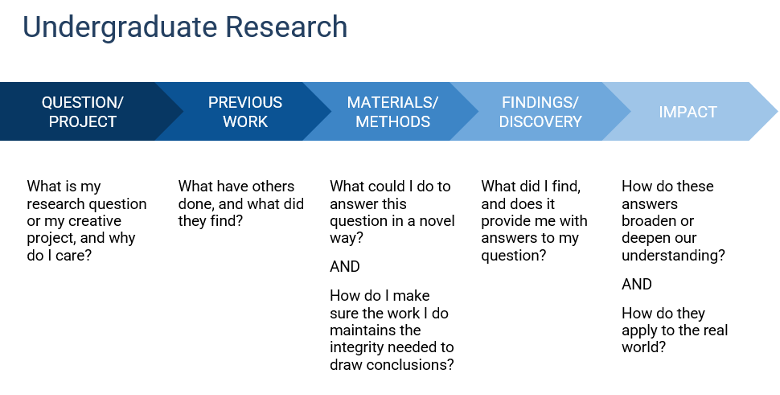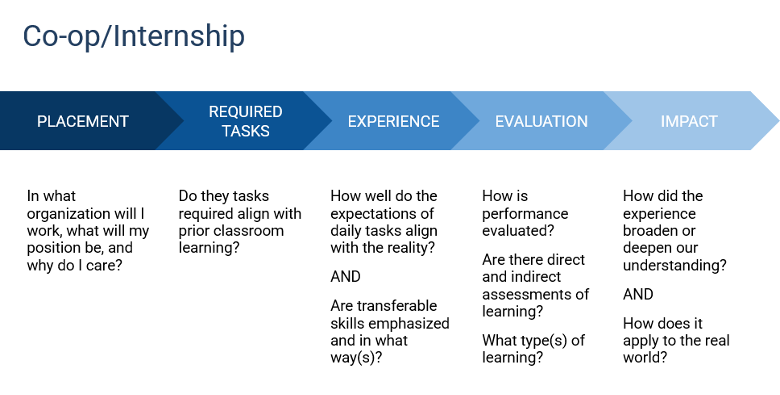What Does High Quality Reflection Look Like?
by Michelle Head, CETL Scholarly Teaching Fellow for Reflective Practices
This article is part of the larger, Reflective Practices for Teaching.
The following are characteristics of high-quality reflective learning practices:
- Continuous
- Scaffolded / guided
- Directly connected to a learning experience, when possible, aligned to learning objectives of the course.
- Provide feedback to the learner to allow for continuous improvement and growth
- Results in the learner comes to know something about themselves in a different wat (clarifies one’s values or generates a change in their life)
Below are a few examples of how reflection may be scaffolded across the semester so that reflection is continuous, integrated with the experience, and may provide for dialogue between the student and the instructor.



Reference
Ash, S. L., & Clayton, P. H. (2009). Generating, deepening, and documenting learning: The power of critical reflection in applied learning. Journal of Applied Learning in Higher Education, 1(1), 25-48.
back to reflective practices











